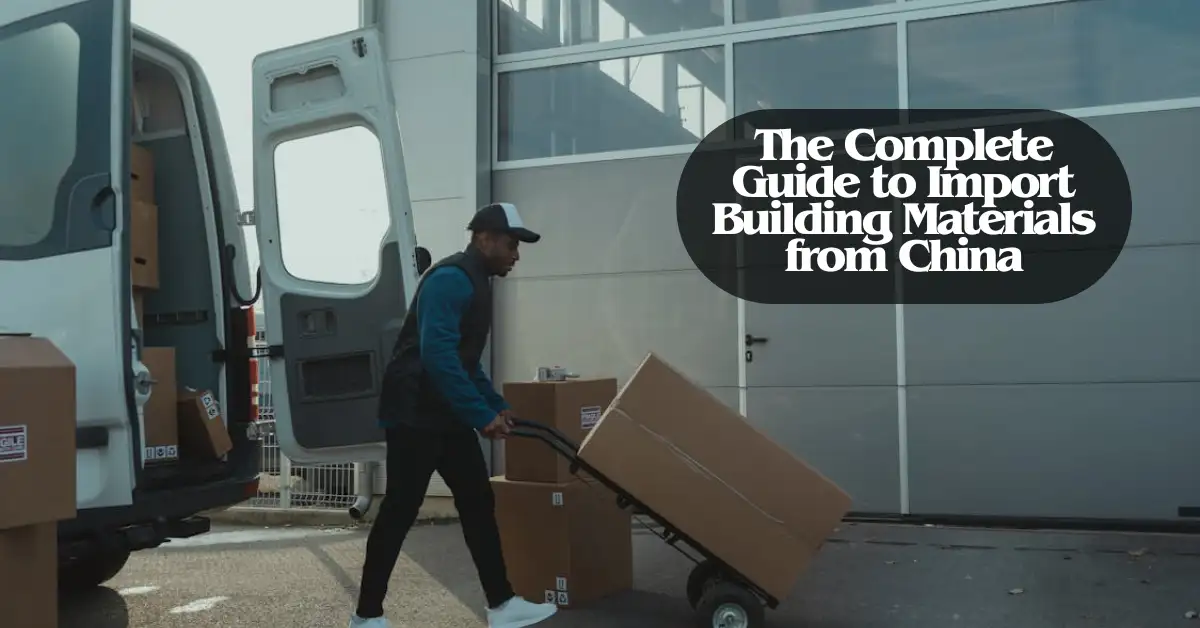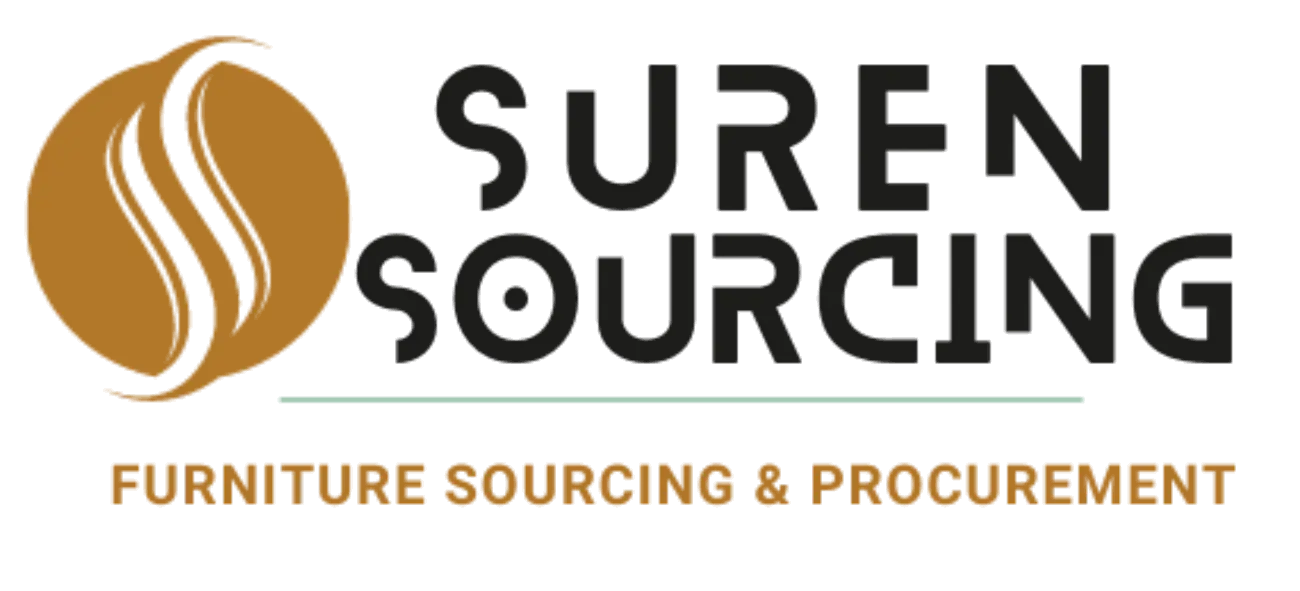- Source Furniture from Jodhpur
- Source Furniture from Jaipur
- Source Furniture from Moradabad
- Source Furniture from Saharanpur
- Source Furniture from Roorkee
- Source Furniture from Delhi NCR
- Source Furniture from Udaipur
- Source Furniture from Panipat
- Source Furniture from Sonipat
- Source Furniture from Indore
- Source Furniture from Chennai
The Complete Guide to Import Building Materials from China

The Complete Guide to Import Building Materials from China
In gigantic construction or real estate development companies, one of the major cost-pulling factors is procuring quality building materials. For over many decades, China has been the world’s manufacturing hub, supplying building products at highly competitive prices. Whether it is steel, tiles, glass, insulation, or prefabricated components, China has products in abundance that entice importers from every corner of the globe. But having said the good ones, importing building materials from China is not without its hiccups. This guide tells you about everything, from selecting good suppliers to shipping and compliance issues.
Setting out the reasons why import building materials from China
With a vast manufacturing infrastructure, damaged supply chains, and modern production technologies, China serves as a home factory not only to its domestic buyers, but thousands of foreign buyers every year. The costs of labour, manufacturing on a massive scale, and government assistance have all enabled Chinese manufacturers to produce high-quality materials cheaper compared to their counterparts in Western countries.
Also, the diversity of products is wonderful. From environmental insulation panels to exquisitely polished marble flooring and high-strength structural steel, practically every construction need can be serviced by China. The value of custom order options, fast production, and well-versed export ecosystem makes China a favourable choice for construction hips across the globe.
The types of building materials available
Before both sides get locked into a supplier negotiation, there is a need to understand the different types of building materials one can get from China. Broadly, they can be categorized into structural materials, finishes, and mechanical and electrical components, to prefabricated modules. Concrete reinforcement materials could mean a few things, and China offers everything from rebar to mesh wire. Suppose your project is interior focused; ceramic tiles, engineered wood, or laminated flooring are the way to go.
Other niche items might include fire-rated doors, soundproofing systems, and smart home wiring systems. The customization of bulk orders, such as window systems, curtain walls, and modular kitchen systems, is a stronghold for Chinese factories. China also leads in supplying green materials that are in line with international energy-efficient and sustainable standards.
The task of choosing an appropriate supplier
Finding a credible supplier stands the very first step to a successful importation strategy. Although Alibaba is widely recognized and employed by the average first-time importer, in reality, there are other channels available, such as Made-in-China.com, Global Sources, or physical trade fairs—for example, the Canton Fair in Guangzhou—with which face-to-face interactions can happen, enabling one to forge trust and assess product quality.
However, not everything glitters is gold. Always research your potential supplier. Ask for company registration documents and seek transparency concerning factory certifications. If possible, enlist a third-party quality inspection company to visit the factory. You may also wish to request a sample and compare pricing and delivery schedules before entering into a wholesale agreement.
Also essential is communication. Your supplier should clearly understand your specifications and expectations. Misunderstanding can be very costly. It will be a good idea to substantiate your communication with accurate technical drawings, pictures, or written descriptions. There may also be language barriers, so it may be wise to include a bilingual agent or interpreter.
The compliance and certification issue
Different countries will have different requirements for building materials. From fire resistance to load-bearing capacity to environmental requirements, the materials you import must comply with your local building standards and safety regulations. When it comes to this part, difficulties may arise.
Placing an order might be tricky. Many unofficial exporters would exhibit a good knowledge of American, European, Australian, and Middle East markets and therefore export regulations, CE certifications, ASTM standards, and ISO certifications. However, do not take the supplier’s word for granted. Always ask for and check certificates with the issuing agency.
Hire a customs broker that understands Chinese export documentation and your country’s import requirements to help you avoid fines, delays, or even the rejection of your goods at the port.
How to order: Contracts and Terms
Chinese suppliers will often favor this Proforma Invoice or a Sales Agreement. Make sure this document contains relevant particulars, such as, among several others, product description and quantity, unit price and total value, payment terms, delivery time frames, packaging standards, and shipping method.
Out of internationally recognized trade terms like FOB (Free on Board), CIF (Cost, Insurance, Freight), or EXW (Ex Works), always use one. If you are a newbie in international trade, FOB is probably the best and safest bet. Under it, the seller will handle everything until the goods have been put on the ship; after which, the risk zone will change and be on your side.
It is also very wise to include a quality clause in your contract, which holds penalties for defects or delays. In order to mitigate risk, some importers use escrow services or stagger payments, say 30% upfront and 70% after inspection before shipment.
Shipping, Logistics and Freight Forwarding
After production, it is time to ship the goods. This is where you really need to coordinate with a freight forwarder who probably handles booking a vessel, loading, documentation, and customs clearance. Depending on how fast the goods are needed, you could have shipping by sea which is cheaper but slower, and air freight which is fast but a bit expensive.
Consolidated shipping works well for small or medium sizes of orders. You share the container space with other importers thereby minimizing your cost. However, it could increase the time of delivery slightly. Proper labeling and proper packaging are extremely important to avoid damages or customs problems. The outer packaging should bear the information of the product, quantity, handling instructions, and the correct HS (Harmonized System) code. Hazardous materials, such as paints or chemicals, may require special declaration.
Customs Clearance and Import Duties
Your shipment passes customs when it gets to your country. Customs will have a smooth operation when all documentation is correct. Your customs broker will take care of submitting the invoices, packing lists, bills of lading, and certificates of origin. Be prepared to pay for import duties, taxes, and possibly anti-dumping tariffs depending on your country’s policy. Import duty rate can greatly influence your total land cost, so factor it into your budgeting from the start.
Quality Control and Risk Management
Quality issues can still arise despite precautions being taken, so pre-shipment inspection becomes necessary. Production monitoring services, which see inspectors on the ground intermittently during a production run for high-value or complex orders, limit potential errors and delays.
Another protection you should not forgo is insurance. Cargo insurance covers destruction or loss during transit.
Cultivating Long-Term Supplier Relationships
Once you’ve made a successful order, don’t stop there. Long-term relationships with trusted suppliers can give you significant leverage on pricing, priority during high season, and better options for customization. Loyalty is very much revered in Chinese business culture and some suppliers go out of their way to please a regular client.
If possible, visit the factory; send holiday greetings to them; and give them updates of how your business is going. Good relationships can lead to quicker production times, the early release of new products, and very likely credit terms on future transactions.
Conclusion
Importing building materials from China is a strategic way of saving on costs, maximizing innovations, and widening product choice. However, it necessitates careful planning, detailed attention, and cross-border logistics management. Following this guide’s steps-including good supplier identification, legal compliance understanding, contract management, and quality control-will be your launchpad to exploit the very best of China in terms of manufacturing whilst keeping the risks to the minimum.
READ MORE :: Top 10 Sourcing Companies in India

